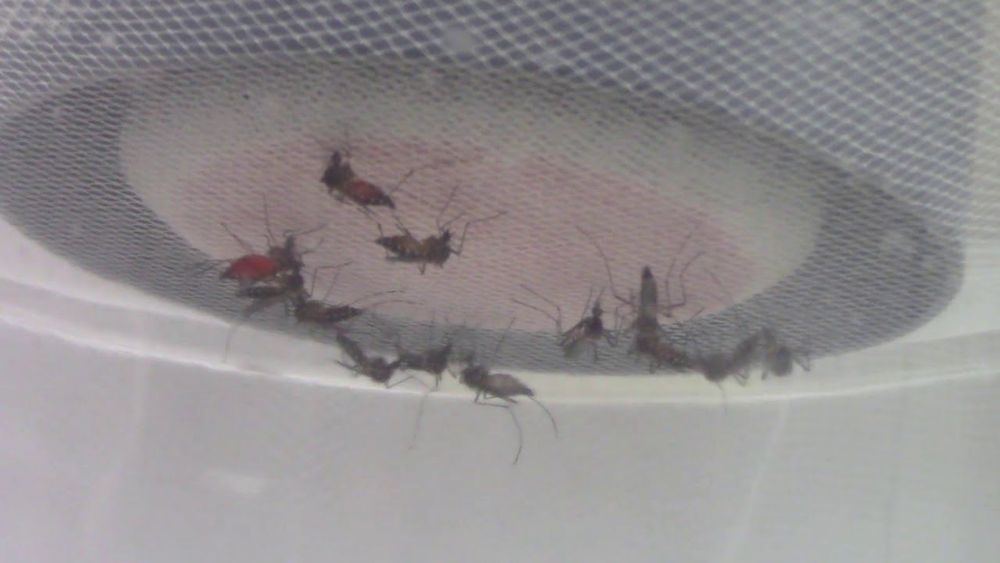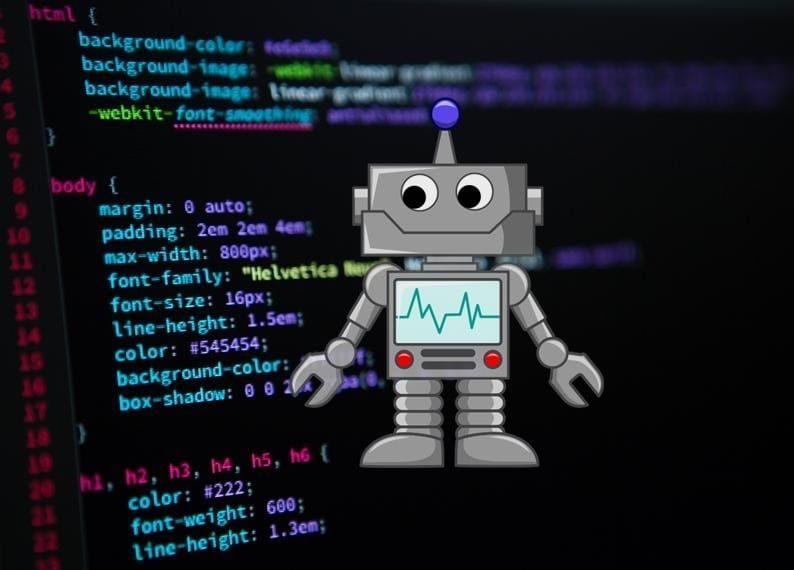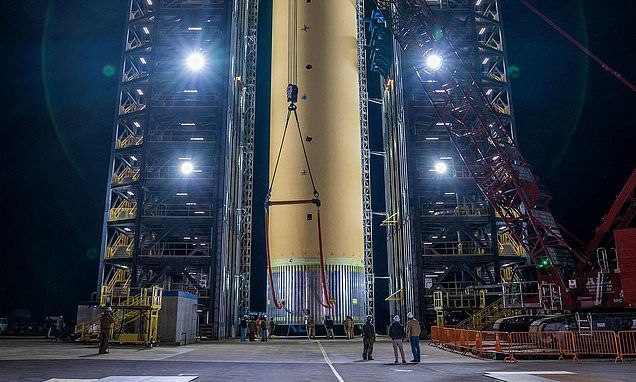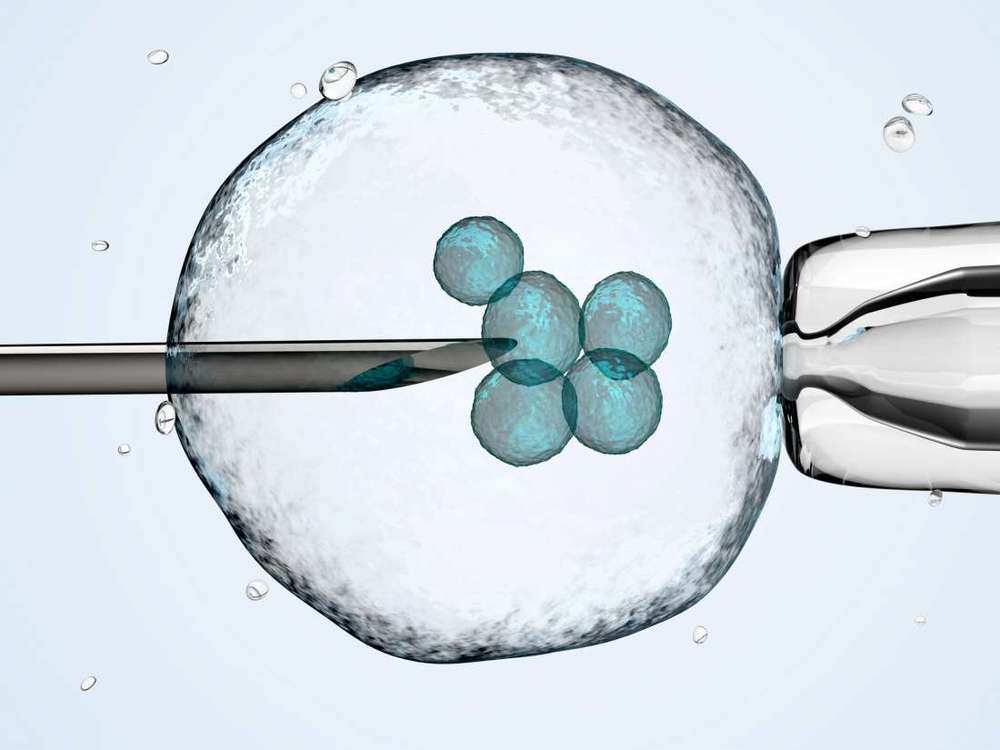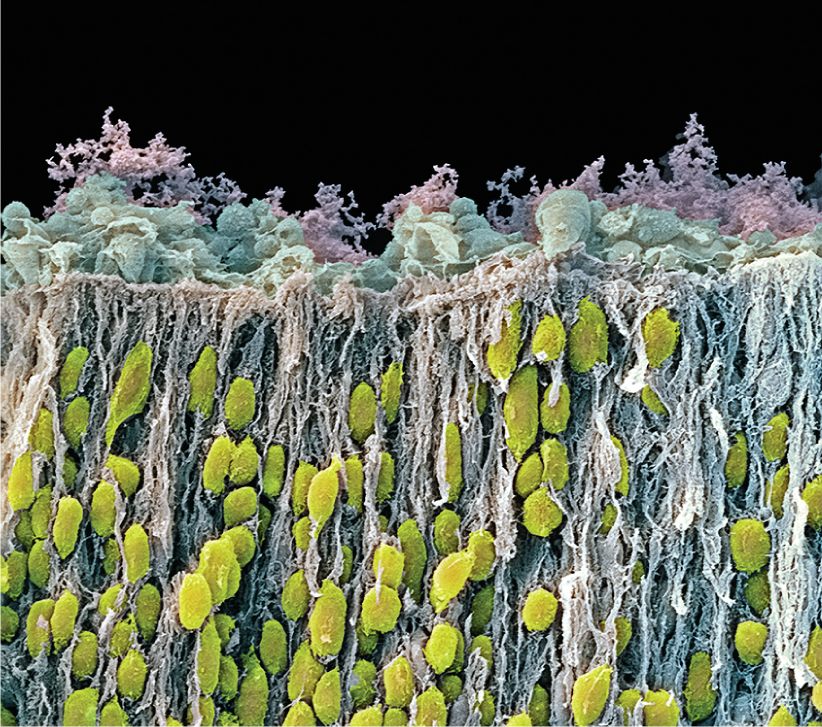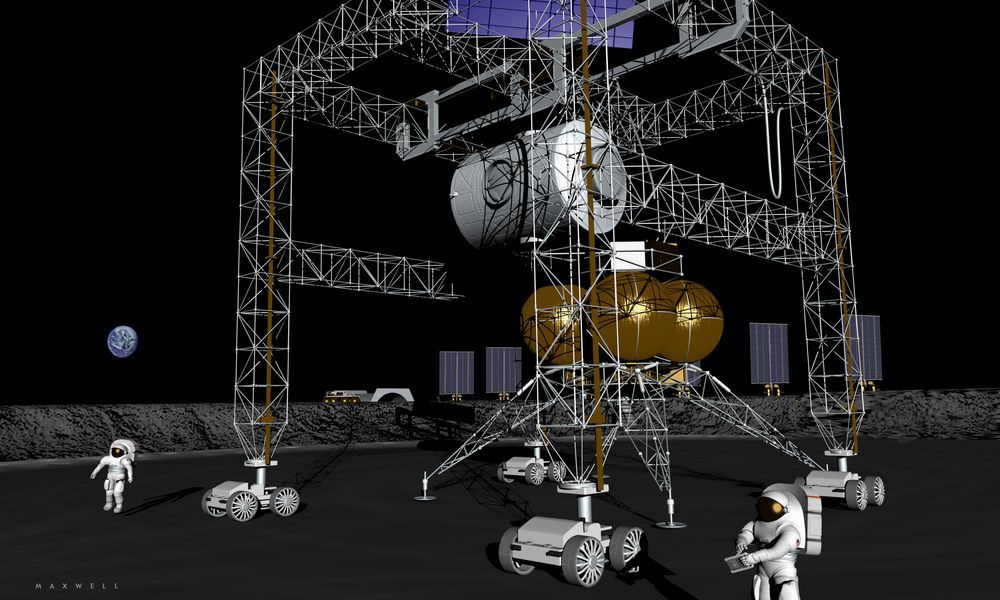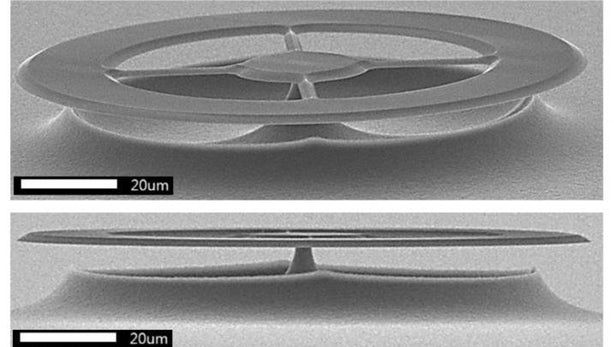A trio of researchers at the University of Wisconsin has discovered that a common soil bacterium produces a chemical that is more effective in repelling mosquitoes than DEET. In their paper published in the journal Science Advances, Mayur Kajla, Gregory Barrett-Wilt and Susan Paskewitz describe their search for the chemical made by the bacteria and their hopes for its future.
DEET has been the leading mosquito repellent since the late 1940s and multiple studies have shown it to be safe to use—still, some believe its synthetic nature suggests it might be causing harm. Because of that, scientists have continued to look for a natural repellent. In this new effort, the researchers report that they have found a naturally occurring chemical that is even more repellent than DEET, though it will have to undergo extensive study to see if it is safe to use.
The researchers report that their study began with Xenorhabdus budapestensis, a type of bacteria that takes up residence in soil-dwelling nematodes. The nematodes actually use the bacteria to help them parasitize insects. The researchers wanted to learn more about how the bacteria help kill insects and, in the process, found that mosquitoes were quite averse to its presence. This suggested the bacteria produced a chemical that caused the mosquitoes to stay away.
